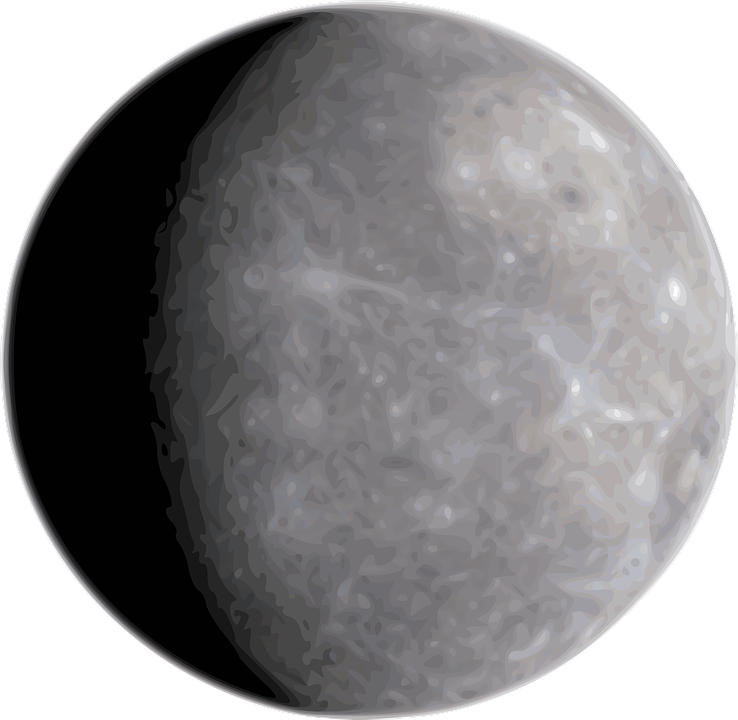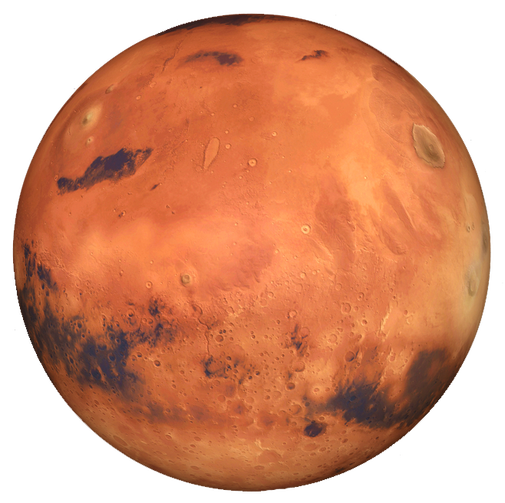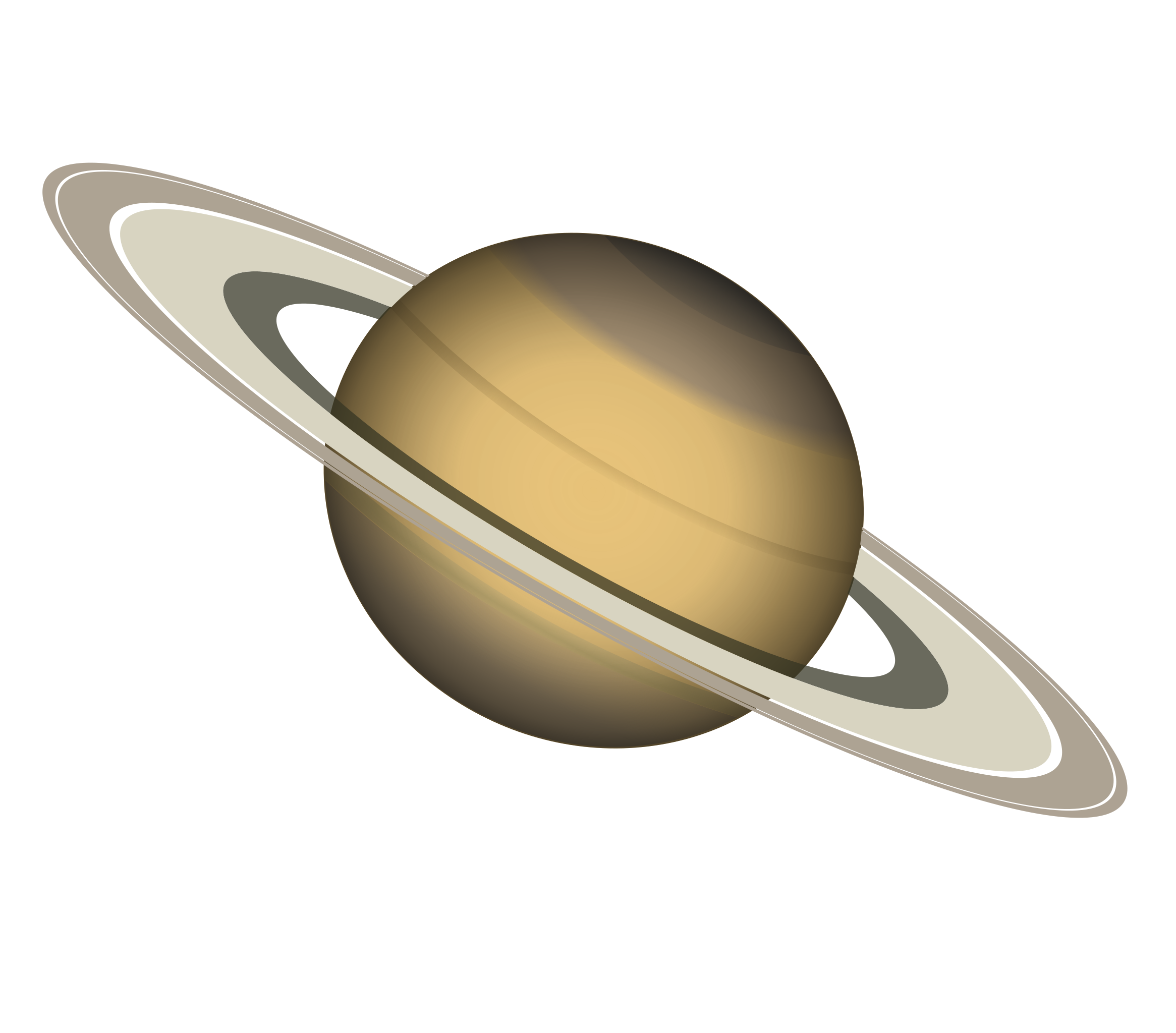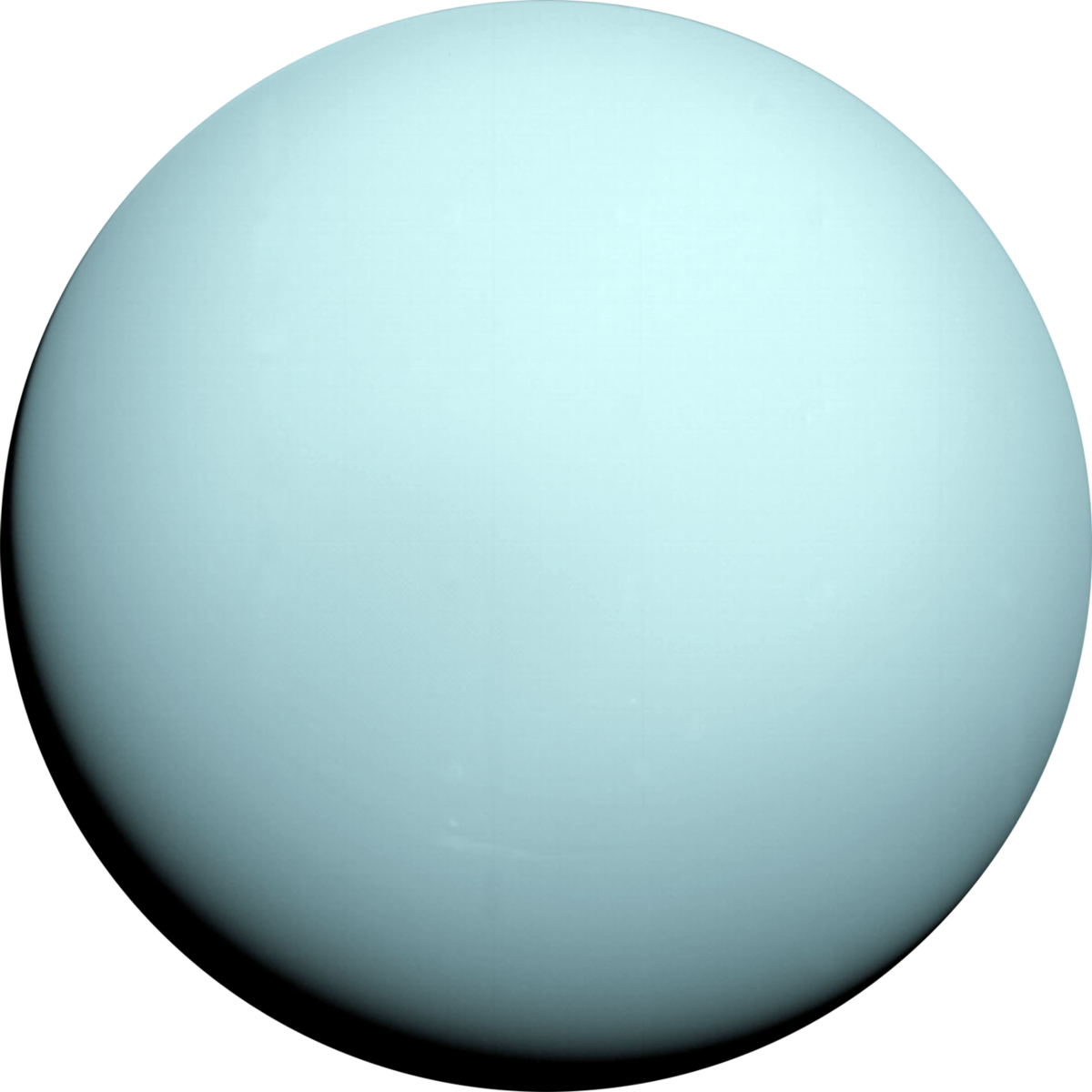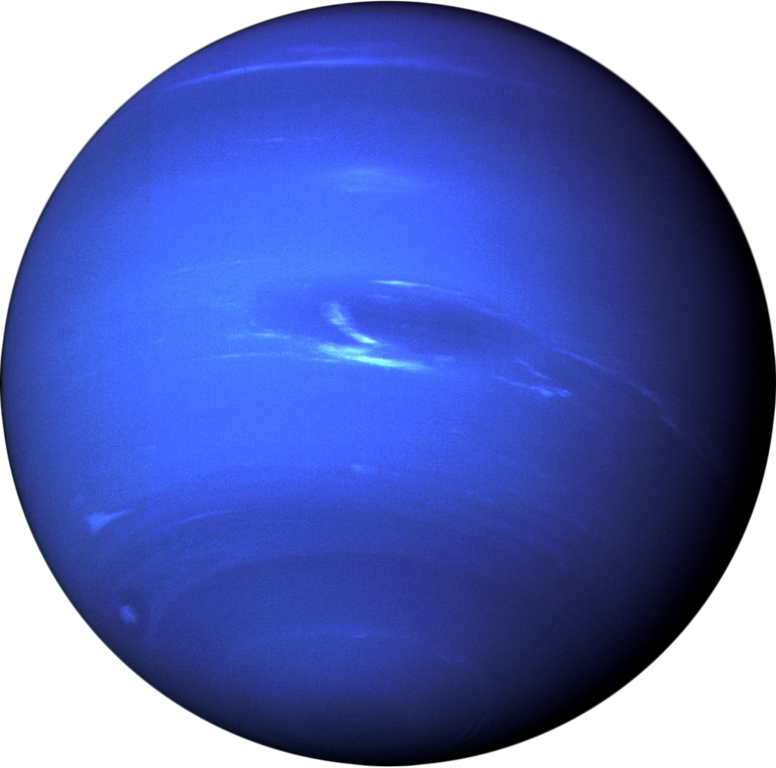Mercury
Mercury is the first planet from the Sun and the smallest planet in the Solar System. It is a terrestrial planet with a heavily cratered surface due to the planet having no geological activity and an extremely tenuous atmosphere (called an exosphere). Despite being the smallest planet in the Solar System with a mean diameter of 4,880 km (3,030 mi), 38% of that of Earth's, Mercury is dense enough to have roughly the same surface gravity as Mars. Mercury has a dynamic magnetic field with a strength about 1% of that of Earth's and has no natural satellites.
According to current theories, Mercury may have a solid silicate crust and mantle overlying a solid outer core, a deeper liquid core layer.
